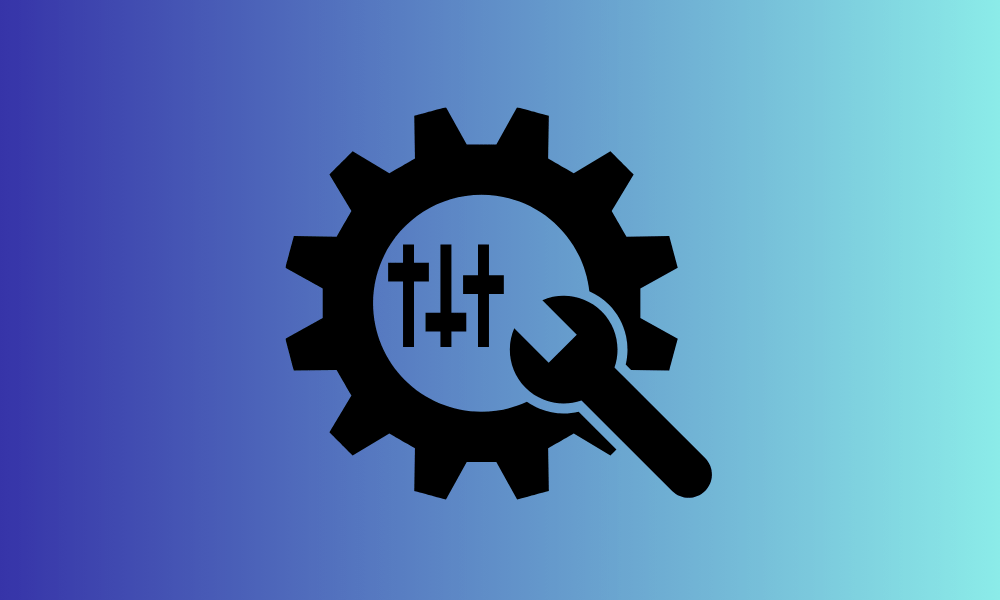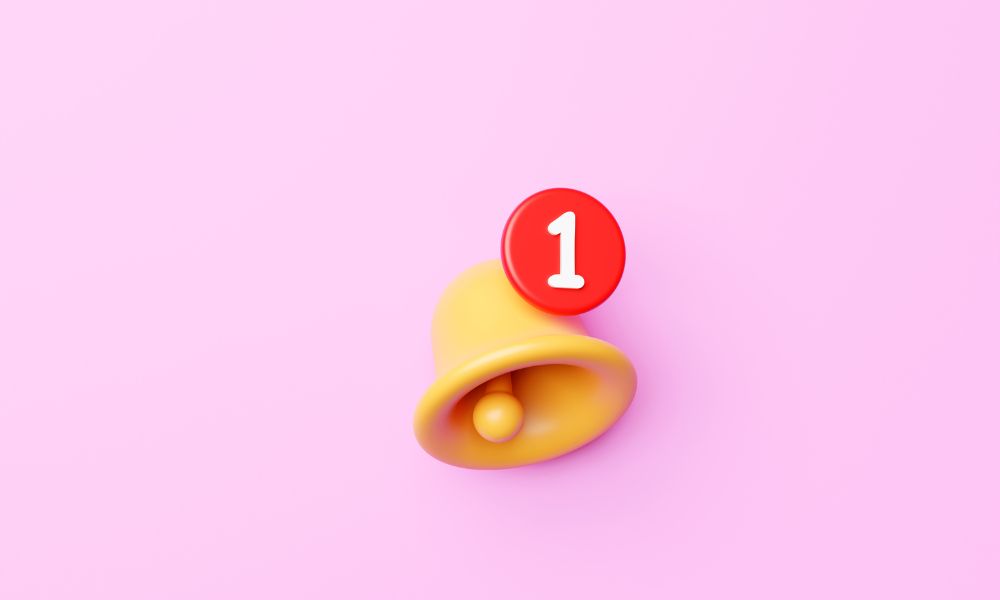
At Bluehouse Group, we take pride in our ability to tackle unique and challenging problems with sophisticated code. Our strong skill set and familiarity with a wide range of frameworks and programming languages enable us to craft customized solutions for clients across the United States.
Choosing a custom solution represents an investment in your business’s future success. Tailoring technology to your precise requirements can empower you to secure a competitive edge and guarantee long-term scalability, in addition to a host of other advantages:
Functionality Modifications
Companies utilize various applications for operations, yet at times, these tools come with unnecessary features or lack all of the functionality you require.
Through a customized web app or software, we can develop a solution centered on the specific features that matter to you, while also ensuring adaptability for future adjustments if the need arises.
Efficiency
Custom programming can enhance your team’s efficiency and cost-effectiveness. Third-party commercial tools often flood users with overwhelming and confusing features, potentially hindering your team’s focus on what truly matters. By having a tailored tool, you can eliminate distractions, confusion, and steep learning curves.
Scalability
Customized software offers valuable support as your team grows over the years. With your personalized tool, you have the flexibility to incorporate new features as your company, team, technology, and goals evolve.
Revenue Opportunity
Your solution could be beneficial to other like-minded companies, opening up a new market and providing an opportunity to generate income through licensing, sales, or hosting white-label versions of your tool for others in your industry.
Longevity
Commercial applications and tools often struggle to anticipate emerging technologies or future requirements. Furthermore, in the event that the third-party company ceases operations, there’s a risk of losing access to the tool or being saddled with an outdated solution. In contrast, a custom solution allows us to ensure timely updates whenever they are needed, providing long-term reliability and adaptability.
Ready to transform your business with tailored solutions? Reach out today, and let’s talk about how we can help.



